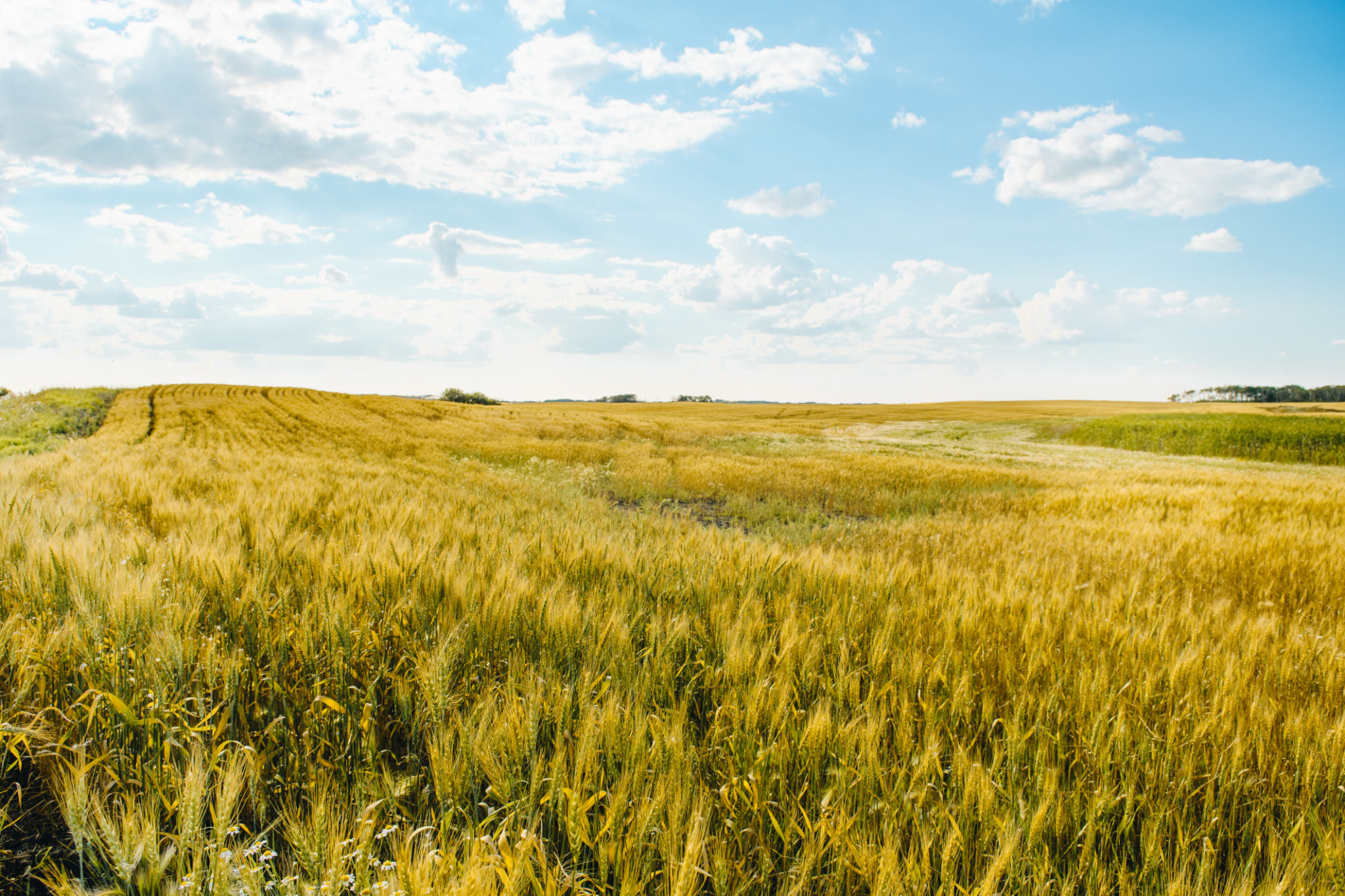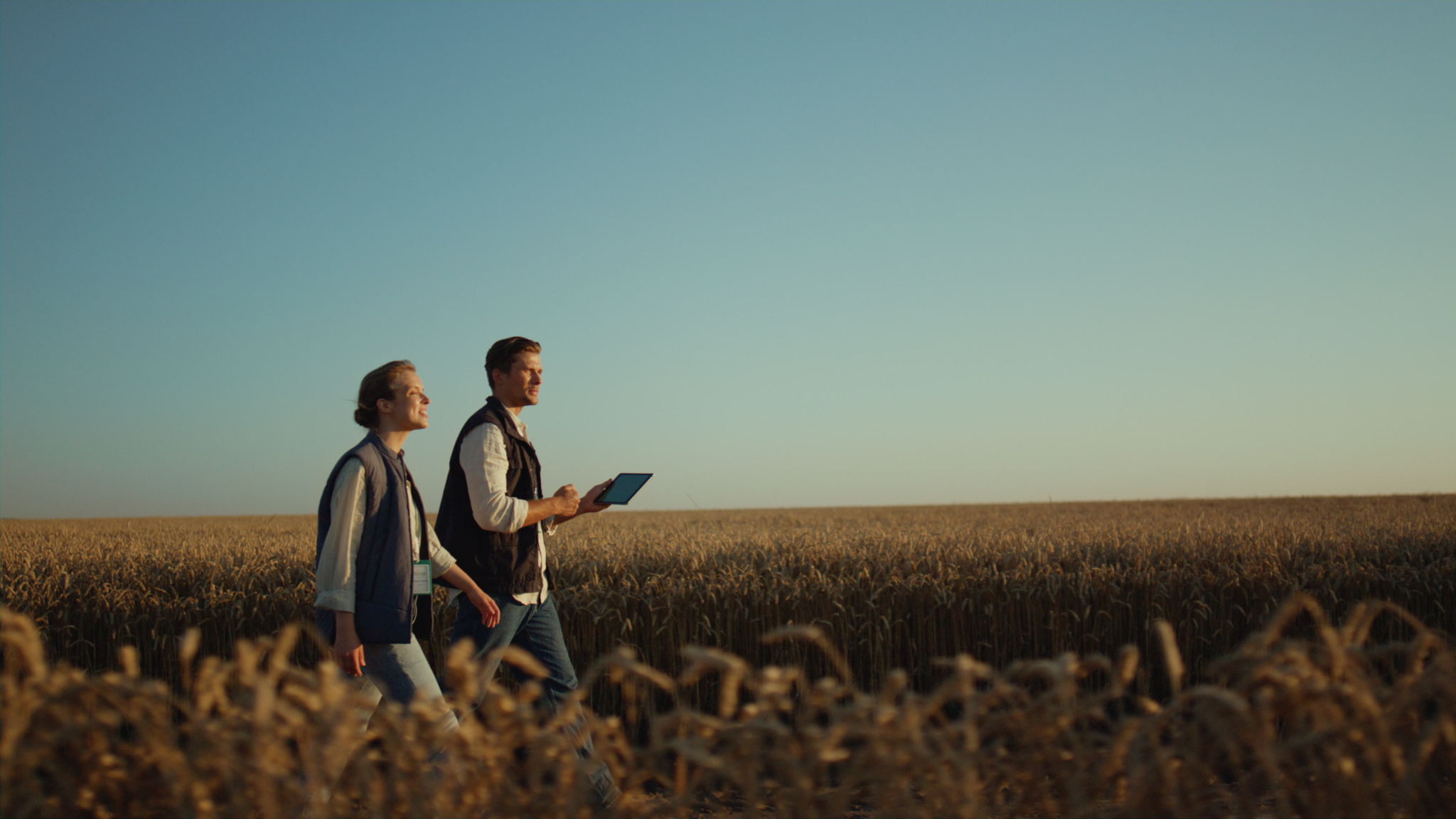Comparing Agricultural Employment: Denmark vs. Germany
Introduction to Agricultural Employment in Denmark and Germany
Agriculture has long been a cornerstone of European economies, providing not only food but also employment opportunities. Two countries that stand out in this sector are Denmark and Germany. While both nations excel in agricultural productivity, their approaches to employment within this industry reveal fascinating differences. This blog post delves into the nuances of agricultural employment in Denmark and Germany, highlighting their unique characteristics and practices.

Denmark: A Focus on High-Tech Farming
Denmark is renowned for its innovative approach to agriculture, emphasizing high-tech solutions and sustainability. The country's agricultural sector is characterized by its significant investment in technology and research, which has resulted in highly efficient farming operations. This focus on technology means that fewer people are needed to work the land, leading to a decrease in the number of traditional farming jobs. However, it has also opened up new opportunities in tech-related agricultural roles.
In Denmark, farmers often operate on a cooperative model that fosters collaboration and shared resources. This approach not only enhances productivity but also ensures that workers have access to the latest tools and techniques. The Danish government supports this model through policies that promote innovation and training in agricultural technologies.
The Role of Education and Training
Education plays a crucial role in Denmark's agricultural employment landscape. The country offers specialized programs and courses designed to equip individuals with the skills needed for modern farming. These educational initiatives emphasize sustainable practices and the integration of technology into agriculture, preparing the workforce for the evolving demands of the sector.

Germany: Balancing Tradition with Modernity
Germany, on the other hand, presents a more balanced approach to agricultural employment. While it also embraces technological advancements, Germany places a strong emphasis on preserving traditional farming practices. This balance allows for a diverse range of job opportunities in the agricultural sector, from conventional farm labor to roles in agricultural research and development.
The German agricultural workforce benefits from the country's robust vocational training system. Apprenticeships offer hands-on experience and practical knowledge, ensuring that workers are well-prepared for various roles within the industry. This system not only supports individual career growth but also contributes to the overall strength and resilience of Germany's agricultural sector.
Impact of Government Policies
Government policies play a pivotal role in shaping agricultural employment in Germany. Subsidies and incentives are provided to encourage sustainable farming practices, while regulations ensure the protection of workers' rights. These policies create a stable environment for agricultural workers, fostering job security and promoting fair labor practices.

Comparative Analysis: Key Differences
While both Denmark and Germany share a commitment to sustainability and modernization in agriculture, their approaches to employment diverge significantly. Denmark's focus on technology-driven farming results in fewer traditional roles but creates opportunities in tech and innovation sectors. In contrast, Germany's blend of tradition and modernity provides a wider array of job options, appealing to those interested in both conventional and cutting-edge agricultural practices.
The educational systems in both countries reflect these differences. Denmark emphasizes technological proficiency and innovation, whereas Germany offers comprehensive vocational training that values tradition alongside modern skills. As a result, each country cultivates a workforce tailored to its specific agricultural needs and objectives.
Conclusion: Learning from Each Other
Denmark and Germany provide valuable insights into different models of agricultural employment. By examining their approaches, other nations can glean strategies for balancing technological advancement with job creation, ensuring sustainable growth in the agricultural sector. Whether through embracing high-tech solutions or preserving traditional methods, the key lies in adapting to the evolving demands of agriculture while supporting the workforce that drives it.